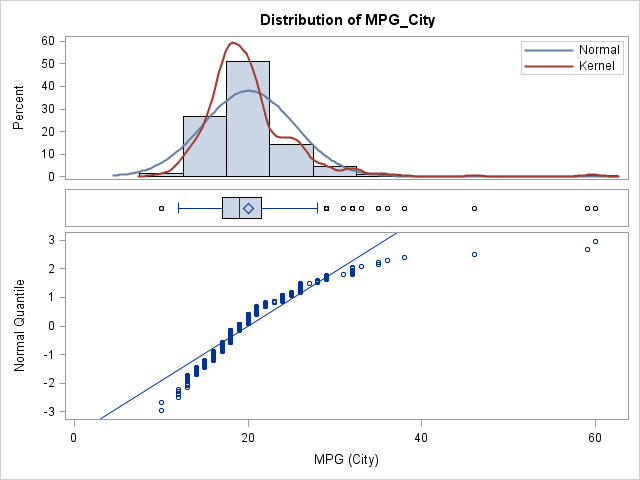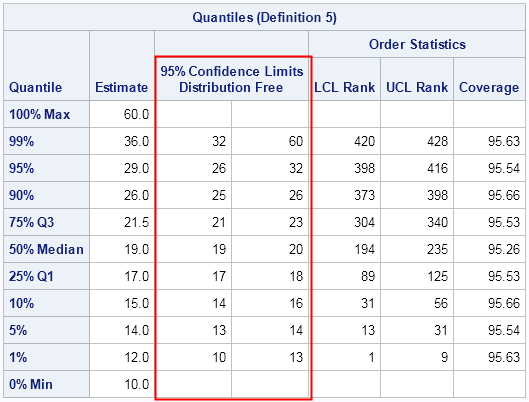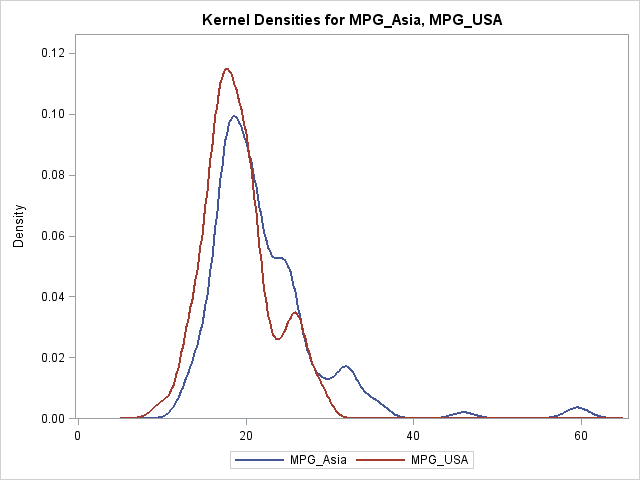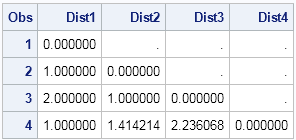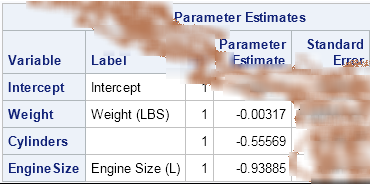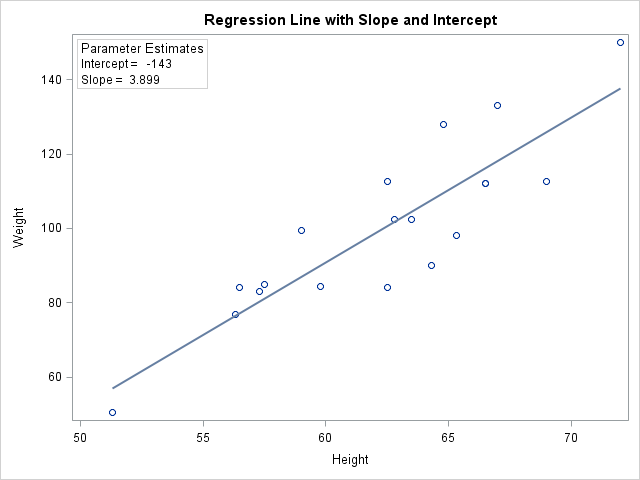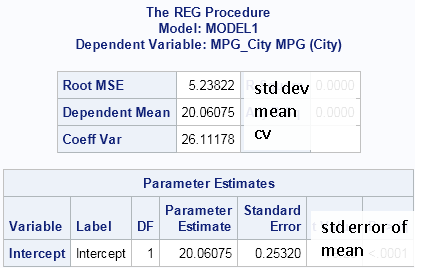
I've conducted a lot of univariate analyses in SAS, yet I'm always surprised when the best way to carry out the analysis uses a SAS regression procedure. I always think, "This is a univariate analysis! Why am I using a regression procedure? Doesn't a regression require at least two variables?"

